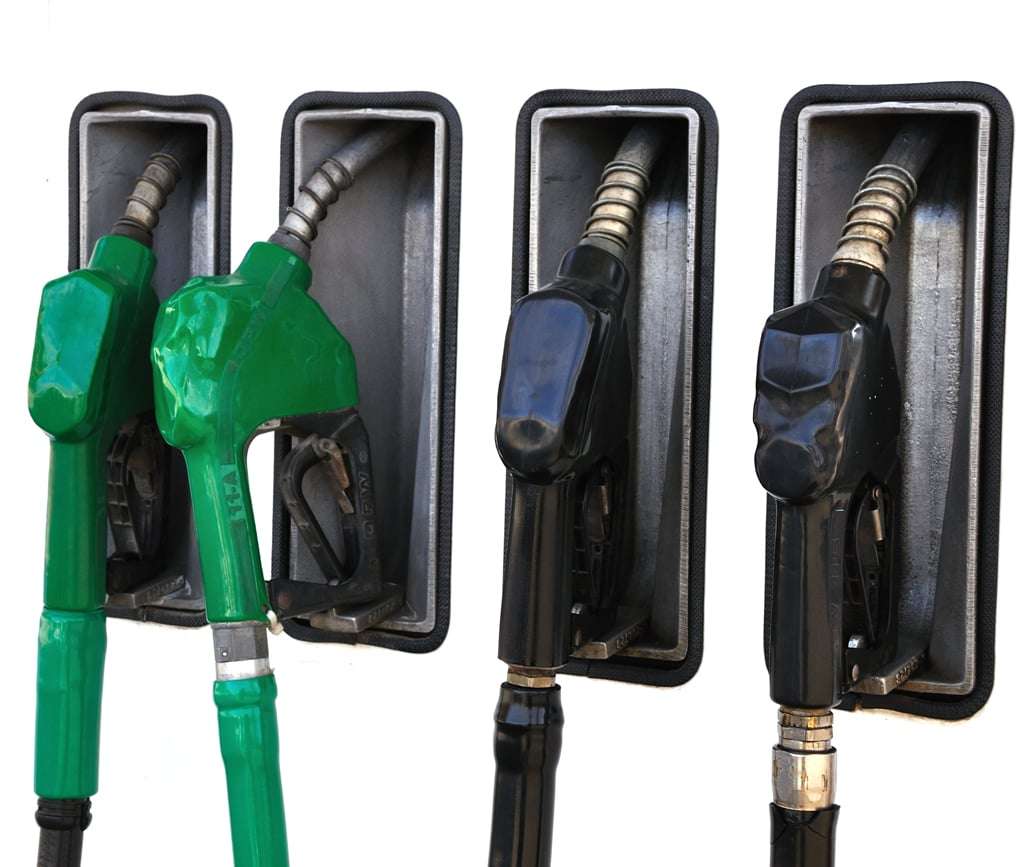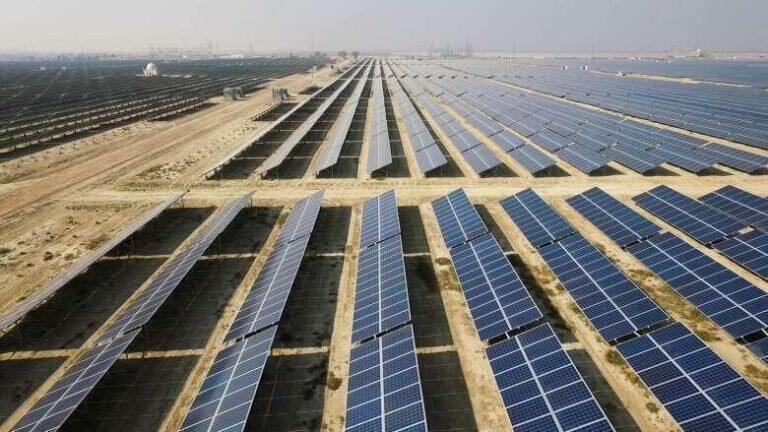
|
Getting your Trinity Audio player ready...
|
Petrol Price May Decrease by Rs2.49 in Fortnightly Revision
Introduction
The upcoming revision of fuel prices in Pakistan is expected to bring a significant reduction, especially in diesel prices. According to industry experts, this revision, set to take effect on February 16, aligns with global oil price fluctuations and is expected to benefit various sectors, particularly transport and agriculture.
Diesel Price Reduction and Its Impact
High-Speed Diesel (HSD) Price Drop
The ex-depot price of high-speed diesel (HSD) is likely to be reduced by Rs9.11 per litre, bringing the new price down to Rs258.84 per litre from the current Rs267.95 per litre. This substantial drop in diesel prices is expected to have a positive impact on businesses, transportation, and agriculture, offering relief to consumers and commercial operators alike.
Petrol and Other Fuel Price Reductions
The prices of other petroleum products are also expected to decrease but at a lower rate. These reductions will help consumers cope with economic challenges, providing some financial relief in fuel expenses.
Petrol Price Drop
- The price of petrol is projected to decrease by Rs2.49 per litre, lowering it from Rs257.13 to Rs254.64 per litre.
Kerosene Oil and Light Diesel Oil (LDO) Price Drop
- Kerosene oil, widely used by low-income households and as an alternative fuel to LPG in northern Pakistan, will witness a price reduction of Rs3.45 per litre, bringing its new price to Rs171.40 per litre.
- Light diesel oil (LDO), commonly used in certain industries, will see a Rs5.60 per litre price drop, making the revised price Rs155.46 per litre.
Factors Behind the Price Reduction
Pakistan, being a net importer of petroleum products, bases its fuel price calculations on global oil price trends. The expected reduction in fuel prices is mainly attributed to declining international crude oil rates and the current taxation structure imposed by the government.
The government levies a petroleum development levy (PDL) of Rs60 per litre on both petrol and high-speed diesel. Although this levy was initially meant for developing the oil sector and setting up storage facilities, it has mostly been utilized for covering fiscal expenditures instead.
How Fuel Prices Are Calculated
The local fuel prices are determined based on the existing tax rates, international oil prices, and inland freight equalization margins. Notably, there is no major adjustment based on rupee-dollar exchange rate fluctuations in this review cycle.
Impact on Consumers and the Economy
The reduction in fuel prices is expected to bring substantial relief to the public, particularly those reliant on public transportation, logistics, and the agricultural sector. Lower diesel prices mean reduced costs for transporting goods, ultimately lowering inflationary pressure on essential commodities.
Conclusion
The forthcoming fuel price revision in Pakistan will provide economic relief to various sectors, reducing operational costs and benefiting consumers. With global oil prices fluctuating, continuous monitoring and strategic pricing adjustments will be essential for economic stability and consumer well-being.
FAQs
1. How much will diesel prices decrease in the upcoming review?
Diesel prices are expected to decrease by Rs9.11 per litre, bringing the new price to Rs258.84 per litre.
2. What is the expected reduction in petrol prices?
Petrol prices are anticipated to drop by Rs2.49 per litre, making the revised price Rs254.64 per litre.
3. Why are fuel prices decreasing?
The primary reason for the reduction is the decline in global crude oil prices, along with adjustments in government taxation policies.
4. Will the reduction in fuel prices benefit the public?
Yes, lower fuel prices will reduce transportation and agricultural costs, benefiting the general public by helping control inflation on essential goods.
5. What role does the petroleum levy play in fuel pricing?
The petroleum development levy (PDL) of Rs60 per litre on petrol and diesel was intended for infrastructure development in the oil sector but is primarily used to meet government expenditures.





